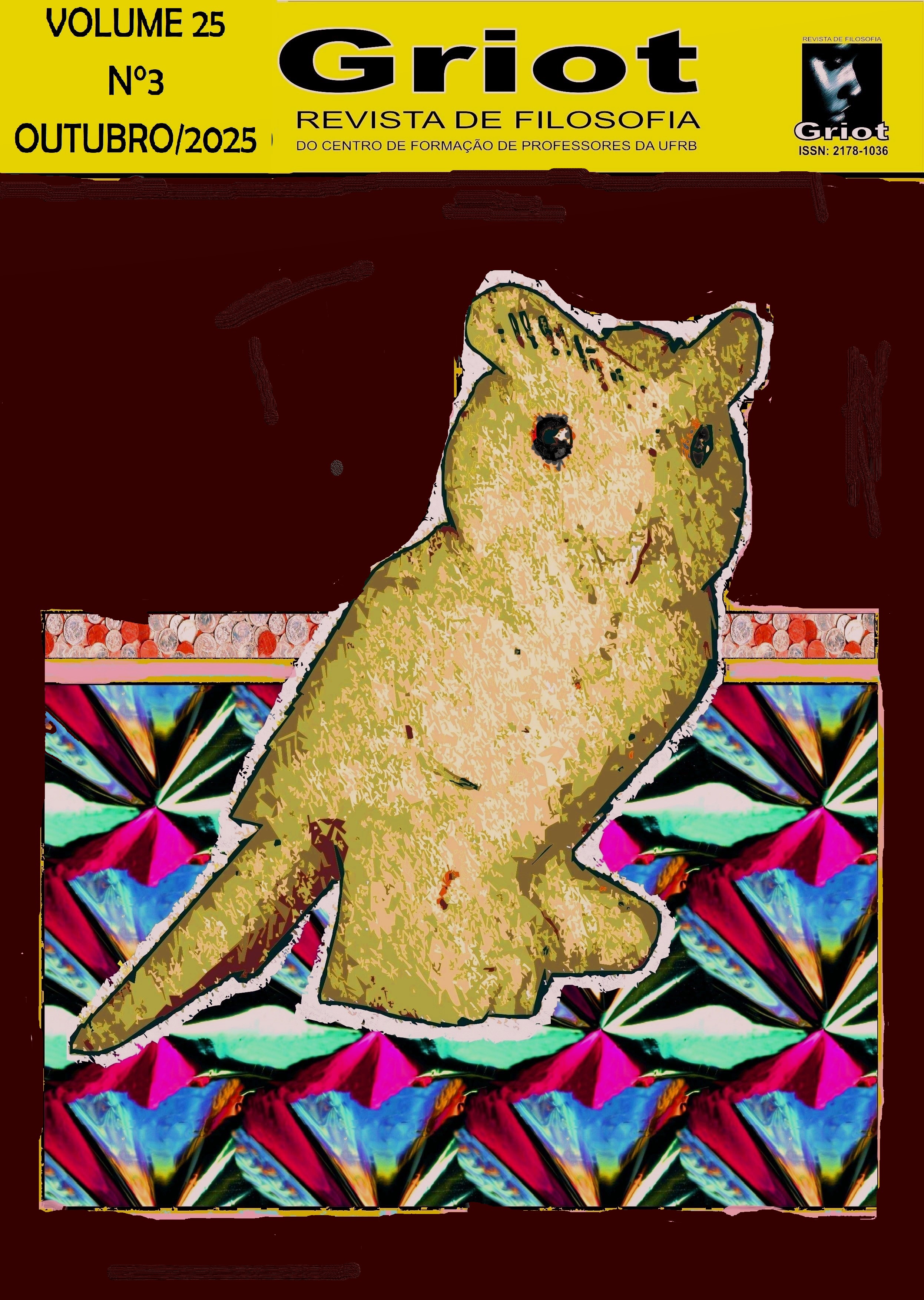Painting as the voice of silence: Merleau-Ponty, critic of Malraux
DOI:
https://doi.org/10.31977/grirfi.v25i3.5357Keywords:
Merleau-Ponty; Malraux; painting; style; sense.Abstract
The article explores the Merleau-Ponty's critique of André Malraux's conception of art history, with a special focus about painting. The core of this analysis lies in Merleau-Ponty's opposition to Malraux's notion of an “spirit” in art, responsible for its unity. For Merleau-Ponty, in his text on Indirect language and the voices of silence, the unity of painting seems to emerge from the expressive intentionality springing from the artist's intricate relationship with the world and with the pictorial tradition in its open possibilities. If in Malraux the voice of silence echoing in the painting is that of a spirit guiding the artist's creation on a path beyond contingency and with its own historicity, in Merleau-Ponty this voice is that of the tacit and entangled relationships that exist between the artist and the world, of which artistic creation is a possibility and an unveiling.
Downloads
References
JOHNSON, Galen A. The Merleau-Ponty aesthetics reader. Evanston: Northwestern University Press, 1993.
MALRAUX, André. As vozes do silêncio. v. 2. Lisboa: Livros do Brasil, s.d.
MERLEAU-PONTY, Maurice. A linguagem indireta e as vozes do silêncio. In: Os pensadores, v.XLI. São Paulo: Abril Cultural, 1975.
MERLEAU-PONTY, Maurice. Œuvres. Maleherbes: Éditions Gallimard, 2010.
MERLEAU-PONTY, Maurice. A linguagem indireta e as vozes do silêncio. In: O olho e o espírito. São Paulo: Cosac Naify, 2013.
Downloads
Published
How to Cite
Issue
Section
License
Copyright (c) 2025 Tiago Nunes Soares Schweiger

This work is licensed under a Creative Commons Attribution 4.0 International License.
The authors who publish in Griot: Revista de Filosofia maintain the copyright and grant the magazine the right of first publication, with the work simultaneously licensed under the Creative Commons Attribution 4.0 International License, allowing sharing and adaptation, even for commercial purposes, with due recognition of authorship and initial publication in this journal. Read more...









































































